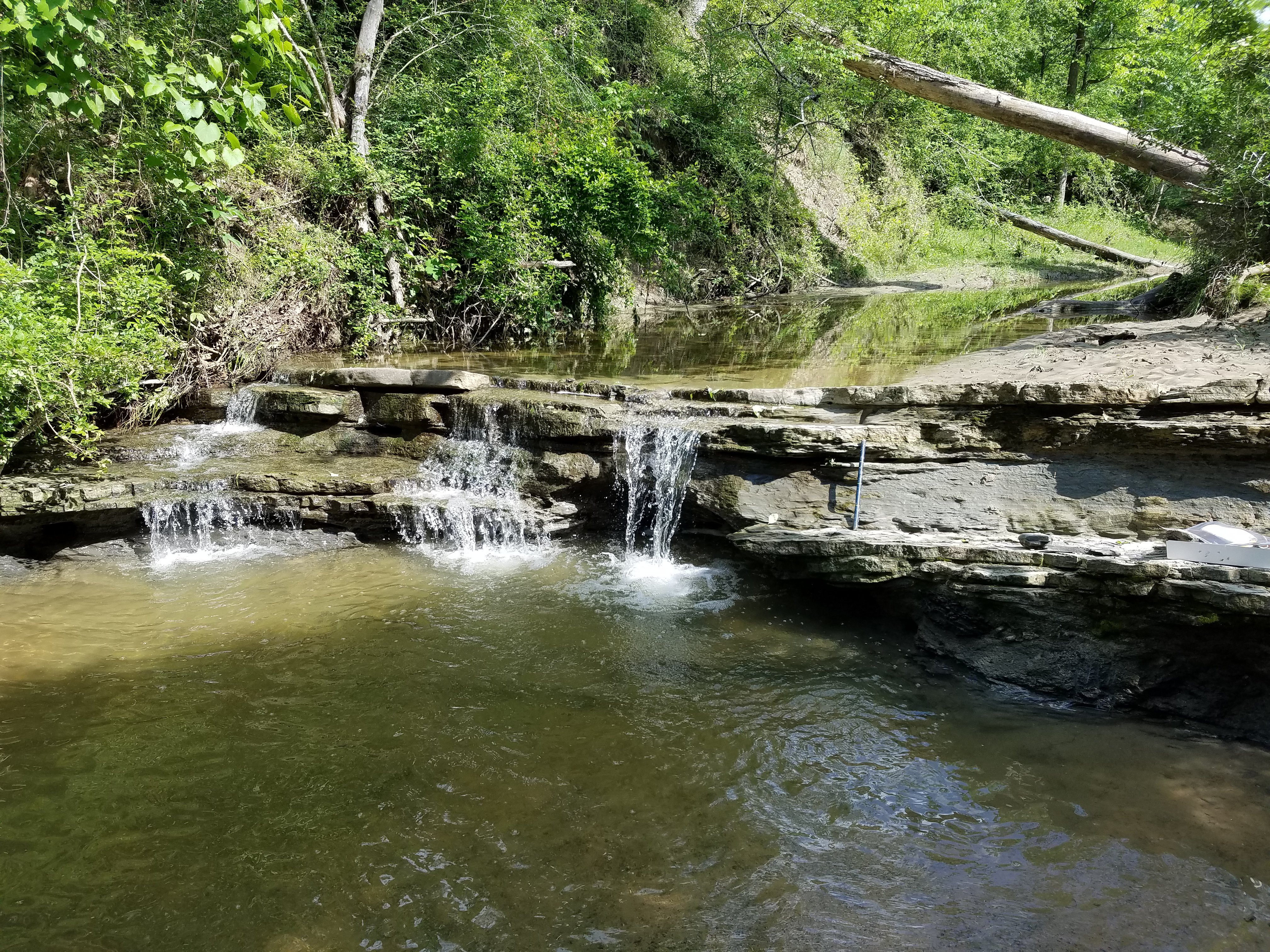
Volcanic eruptions apparently aren’t the only thing bringing sulfur to our atmosphere. New research published in Proceedings of the National Academy of Sciences found that the Chicxulub meteor brought the sulfur or released it into the atmosphere upon impact. Lead author Christopher Junium explains: The impact blast and fallout ignited widespread fires, which together with rock dust, soot, and volatiles ejected from the crater, blotted out the sun globally in an impact winter that may have lasted years, resulting in the extinction.
Not only does sulfur dioxide create an atmospheric umbrella above the ozone layer that cools the planet, but it also gets bombarded with ultraviolet radiation and ends up changed in the process. Then, because it’s a relatively heavy molecule, those sulfur gases sink back down to the surface over time and then end up in the rocks.
And of course, rocks are where geochemists get a chance to shine. Researchers collected rock samples in Central Texas and used geochemistry to trace how sulfur aerosols in the atmosphere transformed over time. Co-author Aubrey Zerkle notes: The unique fingerprints we’ve measured in these impact sediments provide the first direct evidence for the importance of sulfur aerosols in catastrophic climate change and cooling.
So not only did the Chicxulub impact cause massive fires and tsunami, but the sulfur aerosols in the atmosphere increased the environmental damage by creating acid rain that ran into the oceans and helped the marine extinction along. Additionally, as Junium goes on to explain: These sulfur aerosols would have extended the duration of post-impact climate change, taking an already beleaguered biosphere to the brink of collapse.
More Information
Syracuse University press release
“Massive perturbations to atmospheric sulfur in the aftermath of the Chicxulub impact,” Christopher K. Junium et al., 2022 March 21, PNAS



